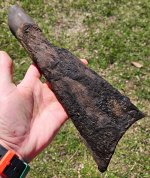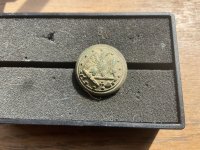I want to prospect on a spot that has a high potential for undiscovered hardrock gold according to the USGS, but it's on private land in the desert. There's a couple of sub-questions: one is if the owner DOES have mineral rights and two is if they do not. Clay or John Oates in particular I would appreciate your help.
Much appreciated,
Randy Seden
Much appreciated,
Randy Seden
Amazon Forum Fav 👍
Upvote
0








